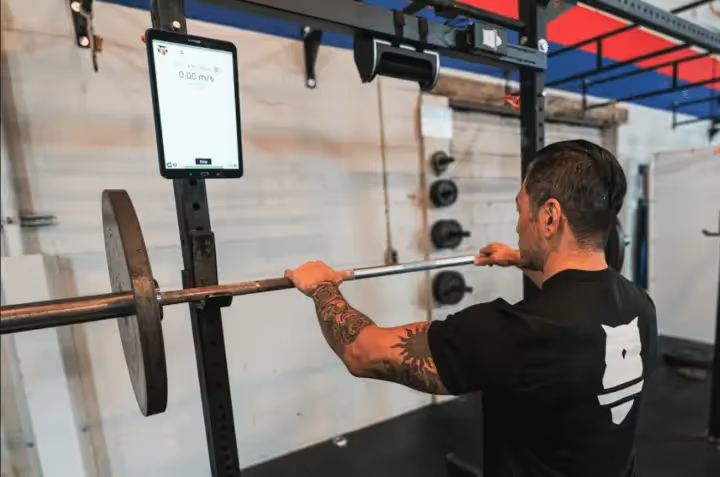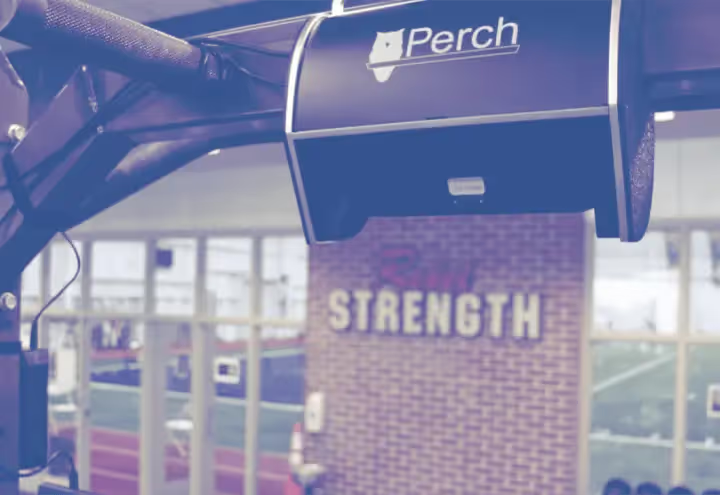Traditional Periodization and Velocity

We touched on periodization a few weeks ago, but wanted to revisit it to help explain how the taught methods of strength & conditioning planning can easily be woven into the fabric of velocity based training and technology in the weight room.
The NSCA text describes periodization as: “the logical and systematic process of sequencing and integrating training interventions in order to achieve peak performance at appropriate time points.” [1].
Keep this definition in mind as we move through this post.
“WHAT GETS MEASURED, GETS MANAGED” – PETER DRUCKER
While Peter Drucker was more of a business consultant than strength coach, his musings transcend industry lines. By measuring once, we have a baseline, by measuring twice, we can see if our provided stimulus is improving or damaging the baseline. By continually measuring, we can continually assess and improve methodology and performance. Measure it, manage it. Assess, don’t guess. As practitioners we need to remember what we’re measuring, why we’re measuring it, and how we plan to manage it.
THE HISTORY OF PERIODIZATION
The earliest recording of progressive resistance training dates back to Ancient Greece, when Milo of Croton carried a newborn calf on his back every single day until it fully matured. As the calf grew bigger, Milo grew stronger. Whether or not Milo needed or received a rest day, or altered the load he lifted to be lighter in order to recover from new rep maxes every day is unknown.

Flash forward to the end of the 19th century and weightlifting’s first foray into the Olympics in 1896 with the men’s one hand and two hand lift, how they trained for it likely mirrored Milo of Croton’s efforts, though perhaps without the calf and simply the idea of progressive resistance. About 50 years later in the Soviet Union, a physiologist by the name of Leo Matveyev developed a model of periodization that spread far and wide and inspired his text. You might say he literally and figuratively wrote the book on modern periodization.
![Ernest Cadine, a French Weightlifter and 1920 Olympic Champion in the two handed lift [6].](https://cdn.prod.website-files.com/662aafb2bbfc6e8c07df7082/66ec865f26153ad52e693cff_664f34cc8d4b51ee88767e57_63ce4918b45e86462fc8b793_Weightlifting.avif)
Around this same time, Hungarian-Canadian endocrinologist, Hans Selye, was developing his General Adaptation Syndrome theory. GAS is essentially a theory of stress that Selye witnessed from an endocrinologists perspective. Regardless of the stimulus or stressor, the symptoms followed three main phases: alarm, resistance, and exhaustion. Remember the stressor was irrelevant to the overall reaction, we’ll come back to that. In essence, good training manages the stimulus to keep an individual between alarm and resistance, providing positive adaptation, without ever dipping into the exhaustion phase. Something interesting happens following the alarm phase when the body adapts to the original stressor through the resistance phase and improves upon its baseline. This is a phenomenon called supercompensation and is the result of the stimulus or training provided in the alarm phase.
About 30 years after Selye solidified his GAS theory, Charles Poliquin published his undulating or nonlinear periodization model, which replaced traditional larger focused cycles of training with shorter cycles of varying focuses and allowed for more frequent recovery intervals interspersed with cycles that consisted of both high volume and high intensity on varying days.
MEASURING OR GUESSING?
The 20th century yielded several decades worth of discovery and research that brought about modern periodization. These periodization schemes are still relevant today and can still be used to plan and implement strength training for individuals and teams alike. They can be used with percentage programs, they can be used with velocity programs, they can even be used with throwing or sprinting programs as well as a way to manage volume and intensity. The goal of periodization training is to optimize the principle of overload, which is the process of neuromuscular systems adapting to unaccustomed load or stressors. But again, without adequately measuring or quantifying the load or stressors, we are simply giving it our best guess. If you’re not measuring, you’re not managing.
MEASURING FATIGUE IN THE WEIGHT ROOM
There are numerous ways to measure fatigue. Some traditional means have been by using a hand dynamometer to test grip strength, or a vertec to test vertical jump height. With the integration of technology in sports performance settings, assessing athletes became easier and less disruptive. HRV, or heart rate variability, became important in team settings to consistently monitor fatigue and recovery through a session. But monitoring an athlete throughout their lifting session didn’t seem particularly easy or even possible until velocity based training became more commonplace. We’ve talked about the concept of autoregulation in previous posts. Having the ability to monitor an athlete day to day while they perform in the weight room, in order to mitigate the stimulus can help enhance overall performance. This simple addition to the weight room allows us to periodize using velocities to provide just the right amount of stress in the weight room to create the positive adaptations we are looking for.

STRESS RESPONSES EXPLAINED
Remember Hans Selye’s General Adaptation Syndrome theory? He was an endocrinologist performing experiments and analyzing hormonal response. Stress hormones are released when the body is stressed (surprisingly) This stress can come in the form of training stimulus, of course, but it can also be in school work, or alcohol consumption, or lack of sleep, or trauma, or sickness, the list goes on. Traditional periodization schemes don’t necessarily account for these external stresses and their negative effects on training adaptation. They assume a perfect environment. Collegiate sports, professional sports, and military training are anything but a perfect environment. In order to provide a precise stimulus, we need precise tools. Again, traditional periodization and velocity based training can work exceptionally well together. The precision with which training can be executed using velocity can help our athletes reach their pinnacle and continually improve. Excess stress will be accounted for by training in velocity zones which can be both self limiting and self propelling. Or put simply: autoregulated.
PERIODIZATION AND VELOCITY
Ultimately, your understanding of periodization and programming doesn’t have to change, but the way in which you alter training sessions for an individual can be executed with maximal precision and minimal intrusion with velocity. Below we’ve included a graphic you’ve seen before using Tudor Bompa’s percentage based training traits overlaid with an adaptation of Bryan Mann’s velocity based training traits. You can train for these traits using velocity zones and maximize the training effect.

OTHER RELEVANT POSTS!
Want to learn more about the basics of VBT? Check out Perch’s VBT Dictionary!
Curious about how different populations can utilize VBT? Check out our VBT for specific populations series!
FOLLOW US!
Keep checking back for more velocity based training content, tips, tricks, and tools. And don’t forget to follow us on Twitter , Instagram and Linkedin and like us on Facebook .
Read more about Perch here! And check out Product Videos here. And our support website here.
Back to basics? Review the origins of VBT and Strength Training!
SOURCES:
- Baechle, T., Earle, R., & National Strength & Conditioning Association (U.S.). (2008). Essentials of strength training and conditioning (3rd ed.). Champaign, IL: Human Kinetics.
- Matveyev L. Fundamentals of Sports Training. Moscow: Progress; 1981
- Poliquin C. Five steps to increasing the effectiveness of your strength training program. NSCA J. 1988;10:34-39
- Selye H. Stress Without Distress. New York, NY: JB Lippincott; 1974
- Siff MC, Verkoshansky YV. Supertraining. 4th ed. Denver, CO: Supertraining International; 1999
- Heffernan, C. (2018, April 9). The History of Olympic Weightlifting. Retrieved from https://physicalculturestudy.com/2018/04/09/the-history-of-olympic-weightlifting/.

Start Gathering Data With Perch Today!
Reach out to us to speak with a representative and get started using Perch in your facility.

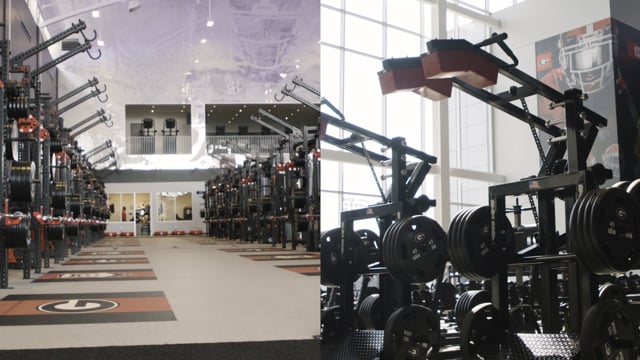
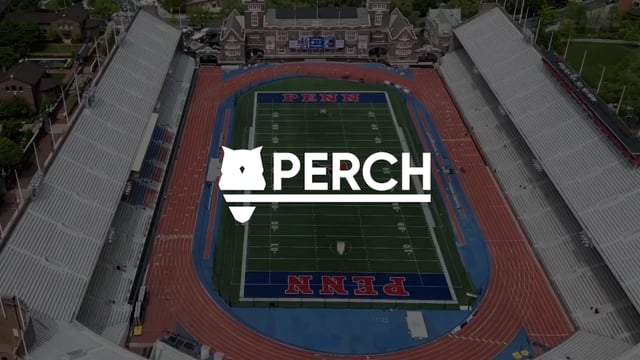




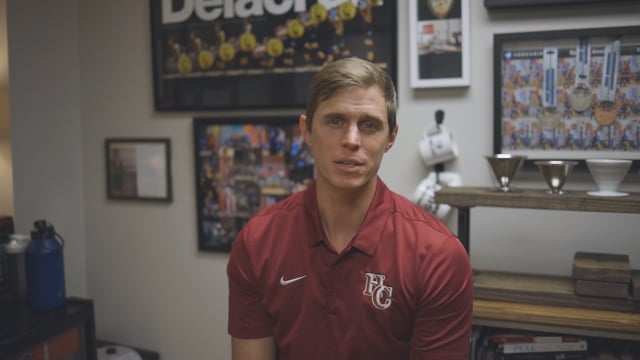

































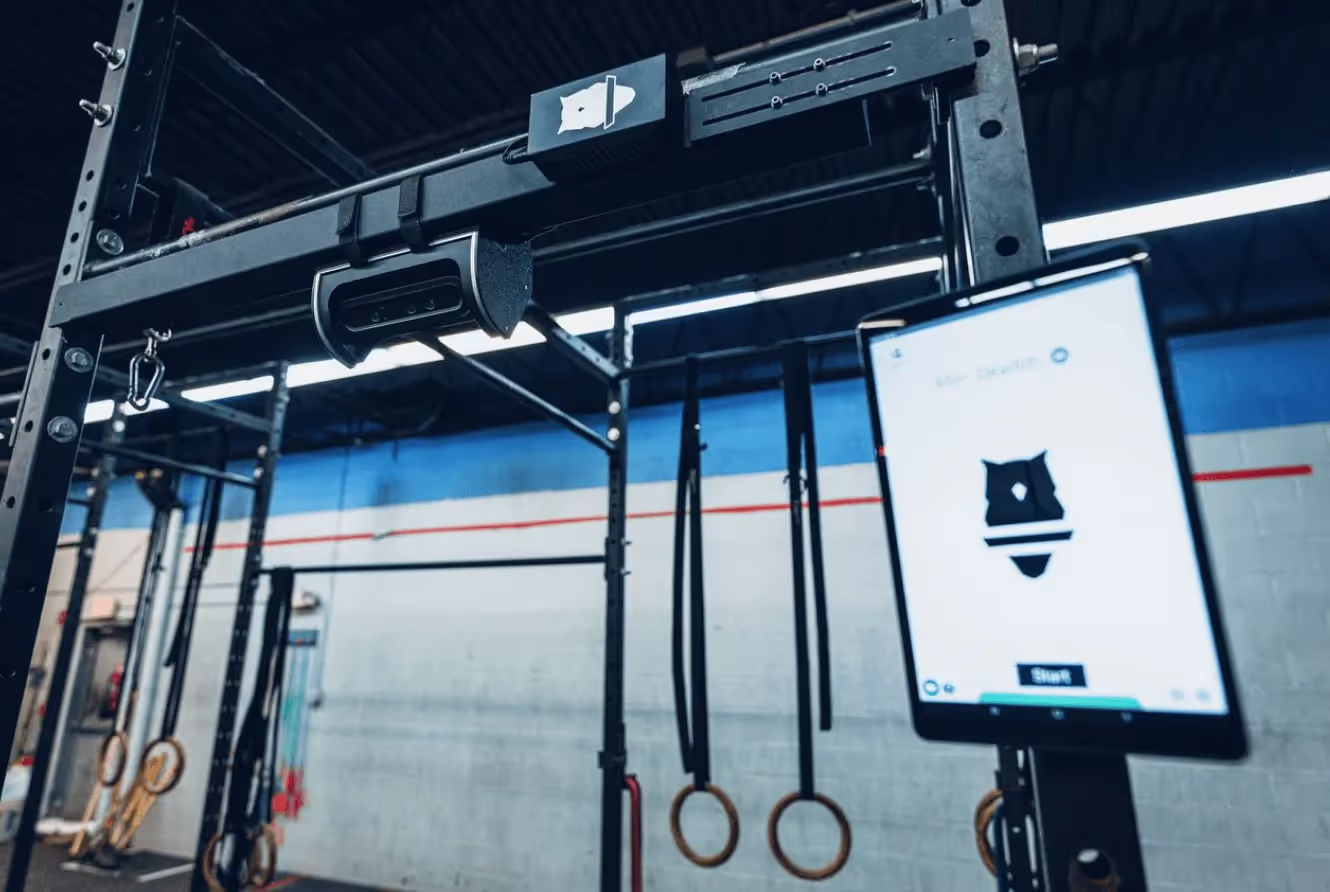




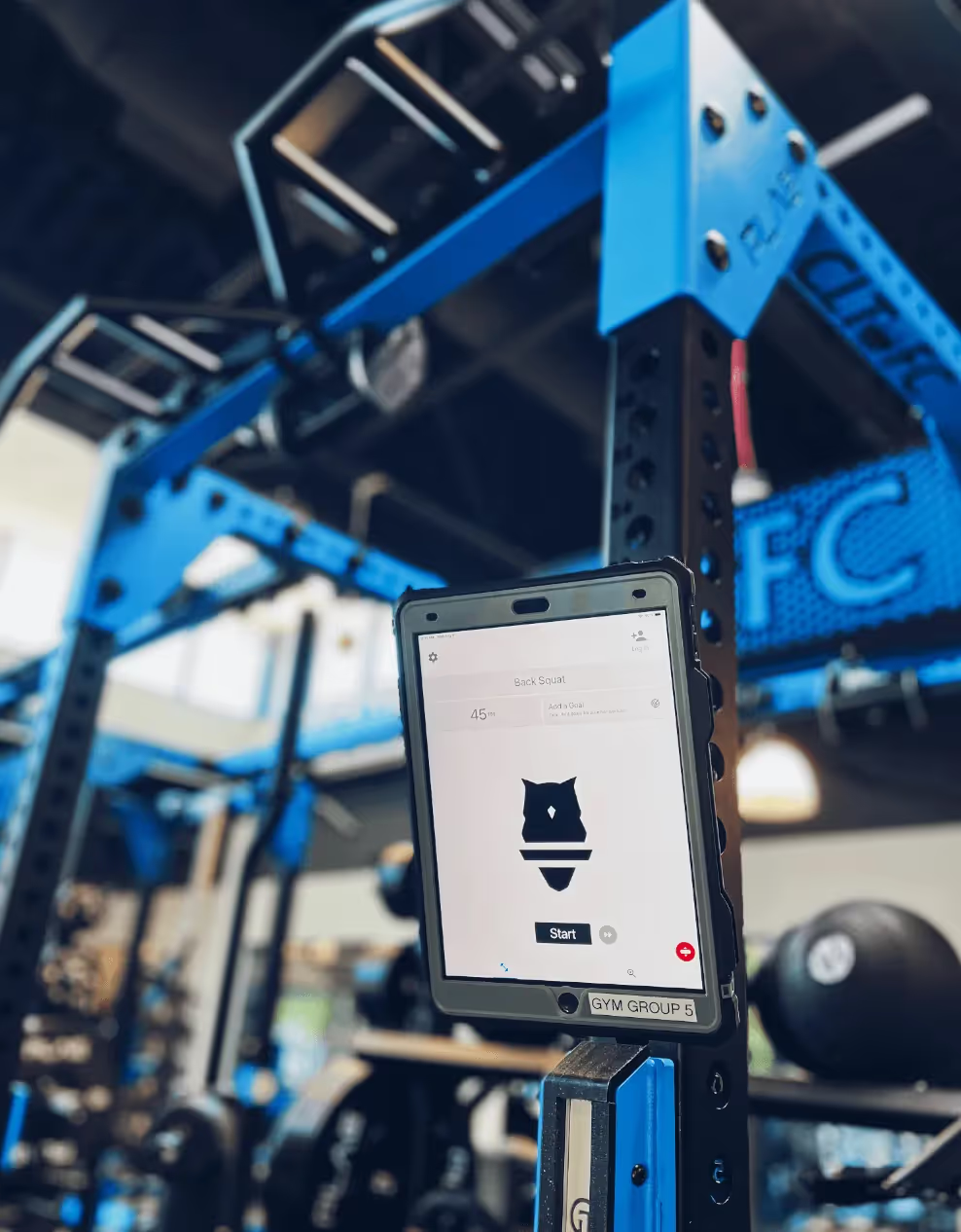
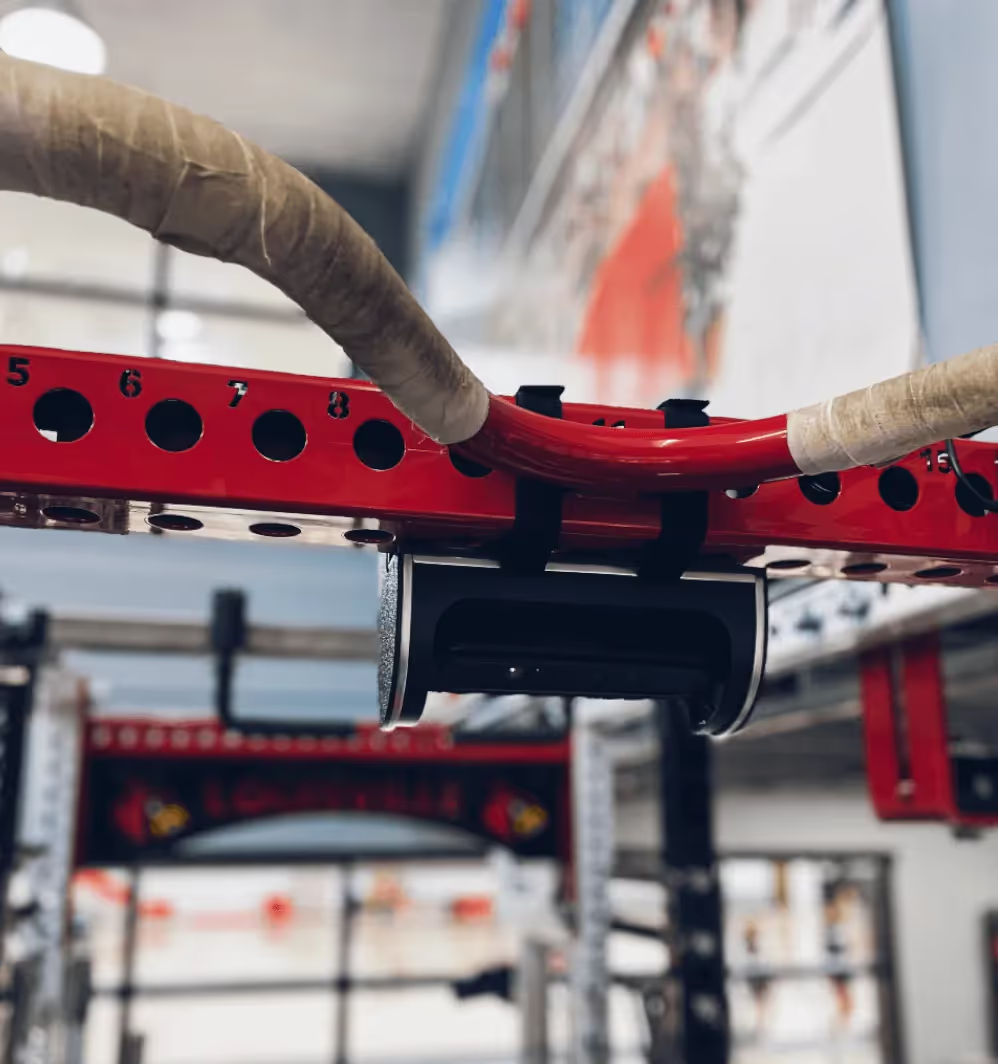
























.avif)






